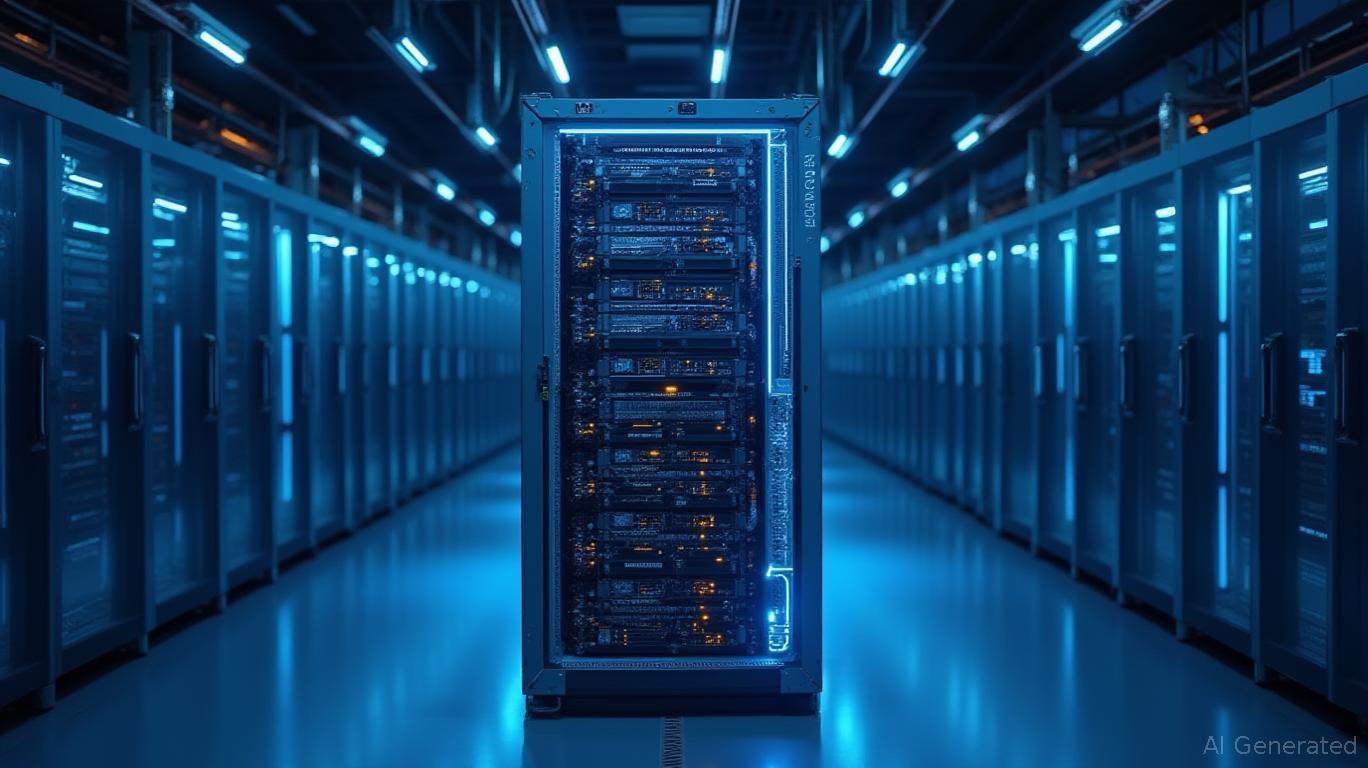Super Micro's Struggles Signal a Cooling AI Infrastructure Boom: Risks Ahead
The AI infrastructure boom that fueled Super Micro Computer's (SMCI) meteoric rise is showing cracks, and the company's recent financial stumble offers a stark warning for investors. Once a beneficiary of the gold rush for artificial intelligence servers, Super Micro now faces mounting evidence of an oversupplied market, delayed customer demand, and shifting industry dynamics that could turn its stock into a classic value trap.
A Revenue Retreat and Inventory Overhang
Super Micro's Q1 2025 earnings report revealed a sharp slowdown, with revenue falling 19% sequentially to $4.5–4.6 billion—a miss even against reduced expectations. The culprit? A prolonged transition from older NVIDIA Hopper GPUs to newer Blackwell models, which caused customers to delay purchases. This hesitation, coupled with a $2.5 billion inventory write-down for outdated hardware, slashed gross margins by 220 basis points and sent adjusted EPS plunging 53% year-over-year.
The problem isn't just Super Micro's execution. 
The broader industry is grappling with a reckoning. Tech giants like Microsoft and Amazon have scaled back data center spending, citing overinvestment in AI infrastructure and the rise of more efficient models that require less computational power. In China, reports of oversupply in AI chip manufacturing have further dented demand optimism.
The AI Infrastructure Bubble?
Super Micro's stock price collapse—down 74% from its March 2024 peak to $33.63—reflects investor skepticism about the sector's sustainability.
While the company insists its long-term outlook remains strong (projecting $21.8–22.6 billion in full-year 2025 revenue), the near-term risks are acute. The shift to newer GPU platforms requires precise timing to avoid inventory mismatches, and competitors like Dell Technologies and HPE are aggressively expanding their AI server offerings.
Worse, the AI hype cycle appears to be peaking. Models like OpenAI's Llama 3 and Meta's Llama 3 are reducing the need for costly GPU clusters by enabling efficient training on consumer-grade hardware. This “democratization of AI” could permanently lower demand for high-end servers—a headwind Super Micro's current valuation (a price-to-sales ratio below 1) already reflects.
Why SMCI is a Value Trap
Investors considering a contrarian bet on SMCI should heed three critical risks:
1. Execution Risks: Transitioning to Blackwell GPUs and managing inventory levels amid shifting demand requires flawless execution. A misstep could prolong margin pressures and inventory write-downs.
2. Regulatory and Governance Issues: Super Micro's delayed financial reporting led to a Nasdaq delisting threat, and ongoing litigation over past governance failures casts a shadow. Credit rating agencies have also flagged concerns, raising borrowing costs.
3. Fading AI Hype: The sector's narrative is shifting from exponential growth to cost efficiency and consolidation. Companies that bet big on AI infrastructure—like Super Micro—may be left holding the bag if demand doesn't rebound as expected.
Investment Implications
Super Micro's stock trades at a deep discount, but the risks outweigh the potential rewards. While the company's $2.54 billion in cash and expanded global operations (including new facilities in Malaysia and Europe) provide a cushion, the path to profitability remains clouded. Analysts' average price target of $48.76 hinges on a return to growth, which requires resolving inventory overhangs and proving demand resilience—outcomes too uncertain to justify buying now.
For now, investors are better off waiting for clearer signals: stronger sequential revenue growth in Q4 2025, reduced inventory levels, or a rebound in tech giants' data center spending. Until then, SMCI remains a cautionary tale of the perils of overextending in a cyclical boom—and a reminder that even AI's hottest names can face the cold.

Comments
No comments yet